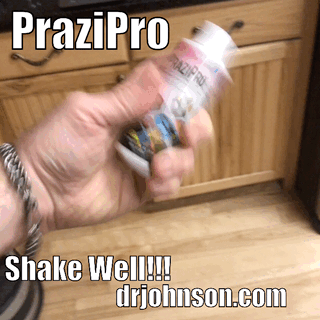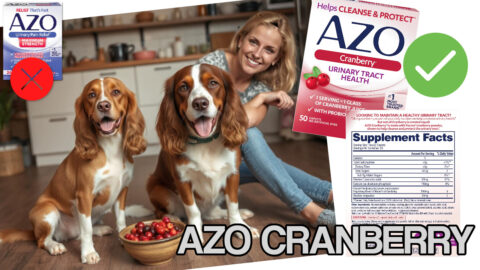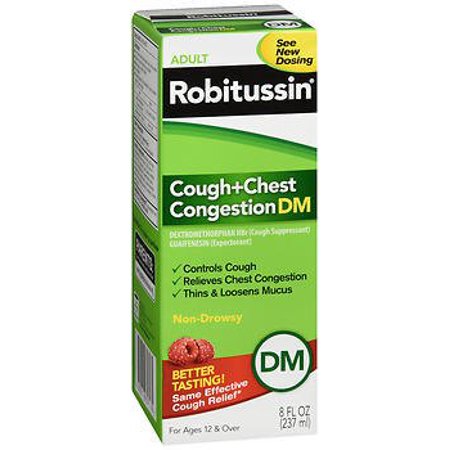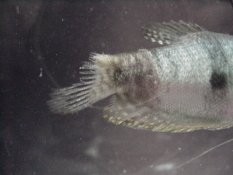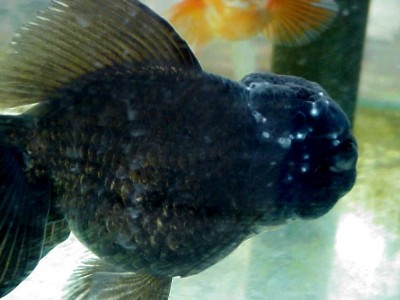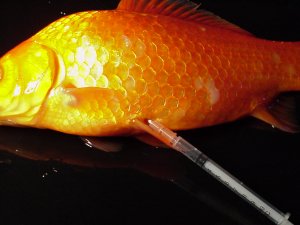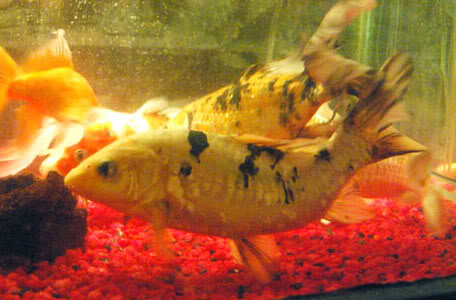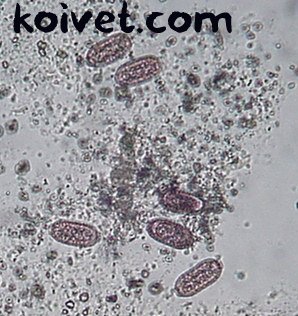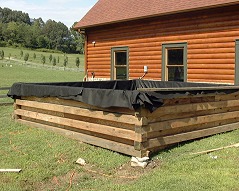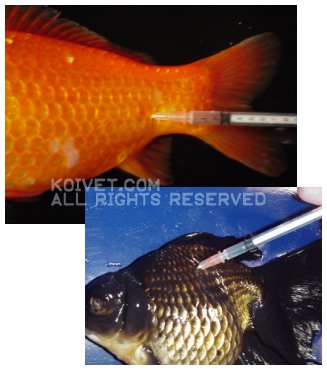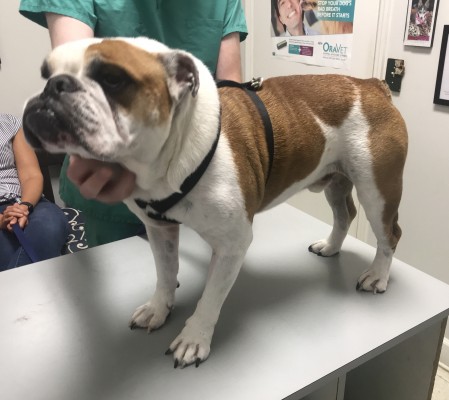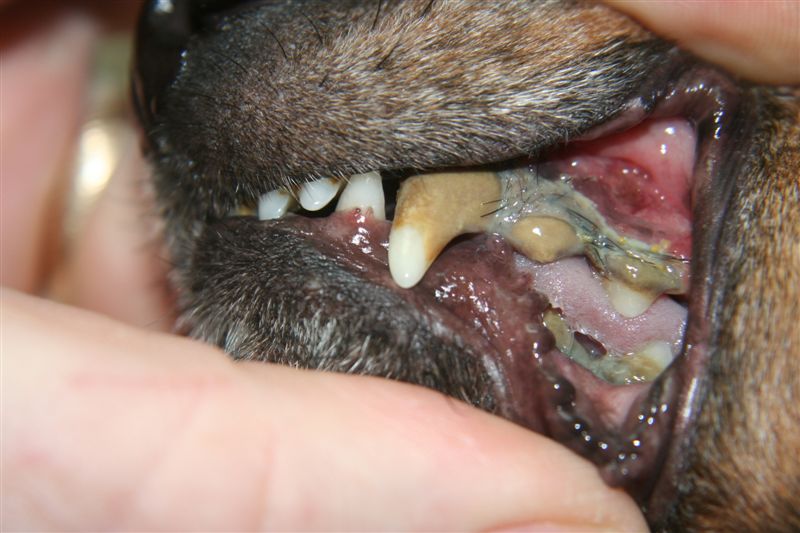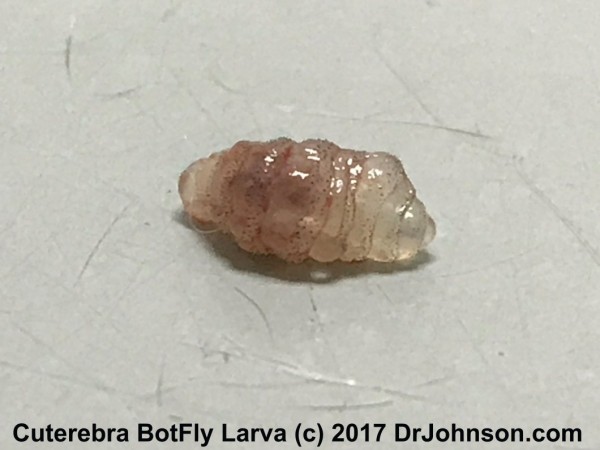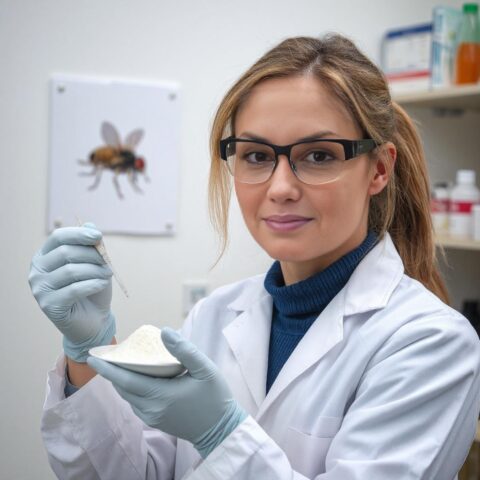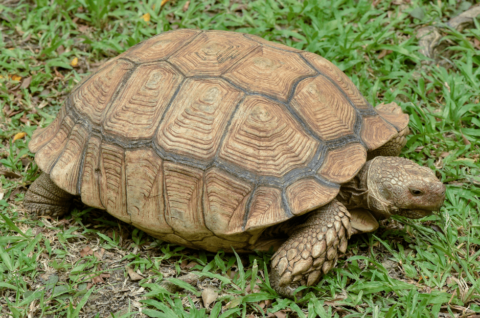Recent Posts
I tested my link and the “shuffle” function on the Amazon site seems to throw an…
Also: How many legs is a dog supposed to have, anyway? A “book” is going to open…
Sitting by the pond I’m Wondring if I should treat A disease before it’s Spring To Save…
At one time, I might have denied that Hexamita could be a serious dermatological pathogen of unexpected…
Johnson Veterinary Services Small Animal Veterinarian in Marietta, Georgia, Dr. Erik Johnson 3100 Roswell Road Suite #113 …
“I am a keeper of koi fish and Dr. Johnson has been so helpful to me in…
Folks sometimes call the office looking for something they can do for their dog til it can…
Overweight cats chew the air, or anything in reach, when you scratch the top of their tail….
Robitussin DM (Get it) Has been recommended for your dog. (Printable version) There’s good news, by the…
You should consider Tetra’s Lifeguard product to be one of the best ‘antibacterial’ medicines out there right…
What Is In API’s Super Ick Cure? API is a little bit vague about their API Super…
Orandas with Pimples in Their Caps Many hobbyists report the development of pimples in the head growth…
The significance of Costia Costia is the smallest serious-pathogen of Koi and goldfish and is kinda hard…
This is a common but difficult problem and typifies the problems involved in fish disease diagnosis. Abdominal…
Starting Off: Injection Fundamentals Koi Fish and Injections of Antibiotics Injections may be the only way to…
Folks face brush algae, also known as beard algae, black beard algae, red algae which is a…
Praziquantel for Flukes Praziquantel – (branded Droncit) (Now available for fish as PraziPro) What it is: Praziquantel…
Levamisole can be added to the diet at 0.1% of the amount and fed for 7 days…
Referral for Diagnostics: Cobb’s Best Ultrasonographer Veterinary Internist of the Year, 2016, 2017, 2018, 2019 Most Insightful…
The “Cure” for Ammonia issues in a pond or aquarium is BIOSEEDING. This is the simple (it…
The three most common causes are: Being carried in a net Being flown overseas resulting in hyperinflation…
Saprolegnia – Water Fungus Written by R.E. Carlson Like all fresh water environments, koi and goldfish ponds…
A discussion of the major worms and their control Worms in Koi In the past, the discussion…
I have built a new pond using rubber roofing material as a liner. Is this safe for…
You can use Enrofloxacin up to three days apart against bacteria susceptible to its effects. Baytril: (Enrofloxacin)…
This is Chubbs – Chubbs is being managed by his owner for a life-prolonging weight The things to…
Flintstones Vitamins for Dogs Download This Article Flintstones Complete is quite fine for dogs and they’ll usually…
Old Dogs and Rotten Teeth Important To Know . . . .
Wolf Worm (Cuterebra) In Dog / Cat Skin What does a “Wolf Worm” look like and what…
Cytopoint is an injection that a vet can give your dog, which functions as a “vaccine” against…
Dogs are contracting cancer from a medicine (introduced in 2013) given to control itching. #apoquel #canine #dog #cancer #oclacitinib In the…
She’s The Best Country Boys Aren’t This Dumb Her Words in My Song
(Verse 1) Once upon a time in a little town, Lived a giant tortoise with a heart…
Lyrics by Dr. Erik Johnson Music @ Suno.com
Oooooooooooooh Breia The answer to a dream I never dared to have. The answer and meaning in…
Himmy Puffs DOWNLOADABLE HOW TO MAKE GOOD DENTAL EXERCISE FOR DOGS THAT HATE DENTAL EXERCISE Some dogs…
Himmy Puffs DOWNLOADABLE HOW TO MAKE GOOD DENTAL EXERCISE FOR DOGS THAT HATE DENTAL EXERCISE Some dogs…








